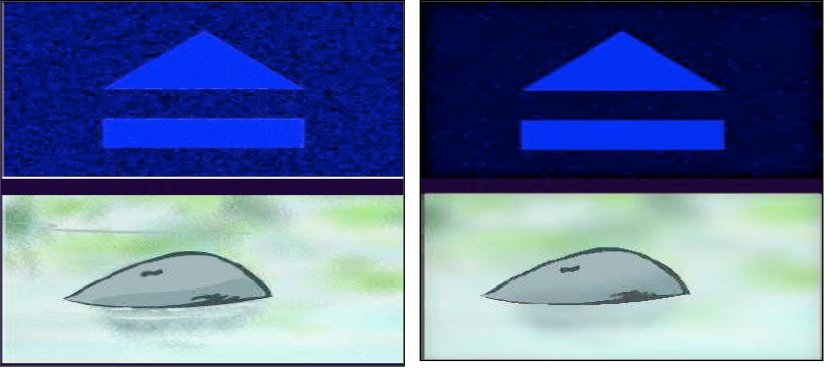Identifying non-linear mapping from natural images to non-standard sensor behavior.
Objective: Design and develop new functional models of non-linear local visual operators based on sparse representations and independent component analysis methods in order to encounter for sophisticated dynamical and statistical pre-processing modules of natural image sequences.
This includes conductance-based modeling of motion direction selectivity observed in some retinal ganglion cells.
Methods: In order to better understand to which extends non-standard visual sensor responses are able to process the visual signal using still non-elucidated mechanisms, we propose to explore original non-linear local mapping from natural images using a variational approach at the mesoscopic level.
The general framework, already well-established and validated on non-trivial visual operators (such as motion perception and segmentation, visual event detection, etc) allows one to build a link between (i) high-level specification of how the brain represents and categorizes the causes of its sensory input and (ii) related analog or spiking neural networks. Focusing on visual processing, this computer-vision expertise allows one to show -for a rather general class of computations- how it is possible to directly rely “what is to be done” (perceptual task) with “how to do it” (neural network calculation). More precisely, in computer vision, efficient computation using implementations of regularization processes allow one to obtain well-defined and powerful estimations. They (i) represent what is to be done as an optimization problem, (ii) considering regularization mechanisms (implemented using so-called partial-differential-equations) and (iii) “compiling” the related analog or spiking neural network parameters. An unbiased approximation of a so-called diffusion operator used in regularization mechanisms with a direct link between continuous formulation and the related sampled implementation is available, and spiking-mechanisms have been explored in this context (Vieville et al, 2007).
This includes non-linear local visual operators based on sparse representations. We propose to apply this general framework in the present context in order to somehow reverse engineer the non-standard cells processing. The original framework has to be revisited in order to design well-founded mechanism to learn the proper parameters,
given a set of input/output. Multi-model estimation methods are going to be used, to guarantee the estimation with a minimal number of parameters. Spike trains coding of information is going to be considered here (Cessac et al, 2009).
This modeling is not going to be a precise description of the internal retinal processes, but of its input/output relation. The key point is that we are going to be able to consider natural images sequences (and not artificial biased stimuli) as input, and thus need more sophisticated algorithms than for simple artificial stimuli.

Task steps:
(i) Formalization of the standard LN retinal transducer model as a variational process, and analysis of the limits of this standard approach.
(ii) Generalization of the original method to sparse representations, high-level image statistics operators (using, e.g. ICA).
(iii) Production of a specification for the Task 4 simulator.
(iv) Experimental spike-trains benchmarks, using data preprocessed by Task 3.

